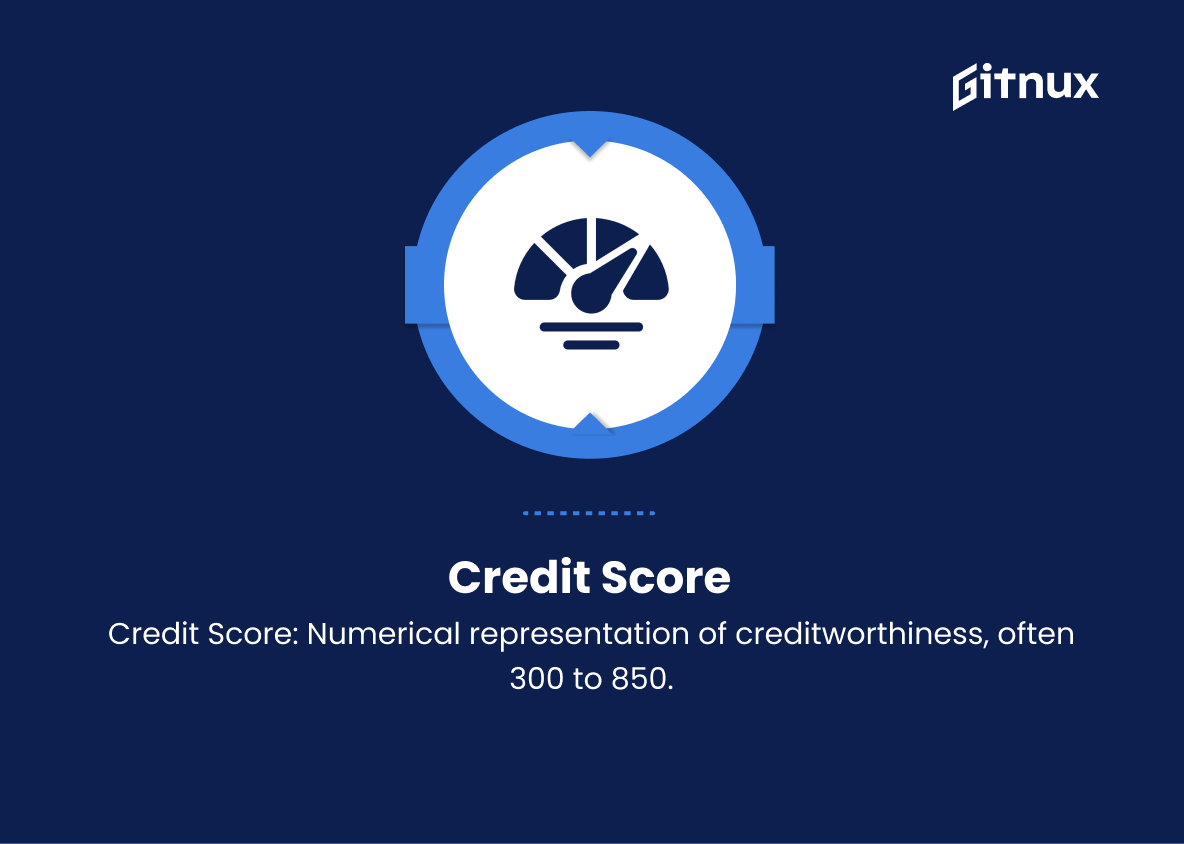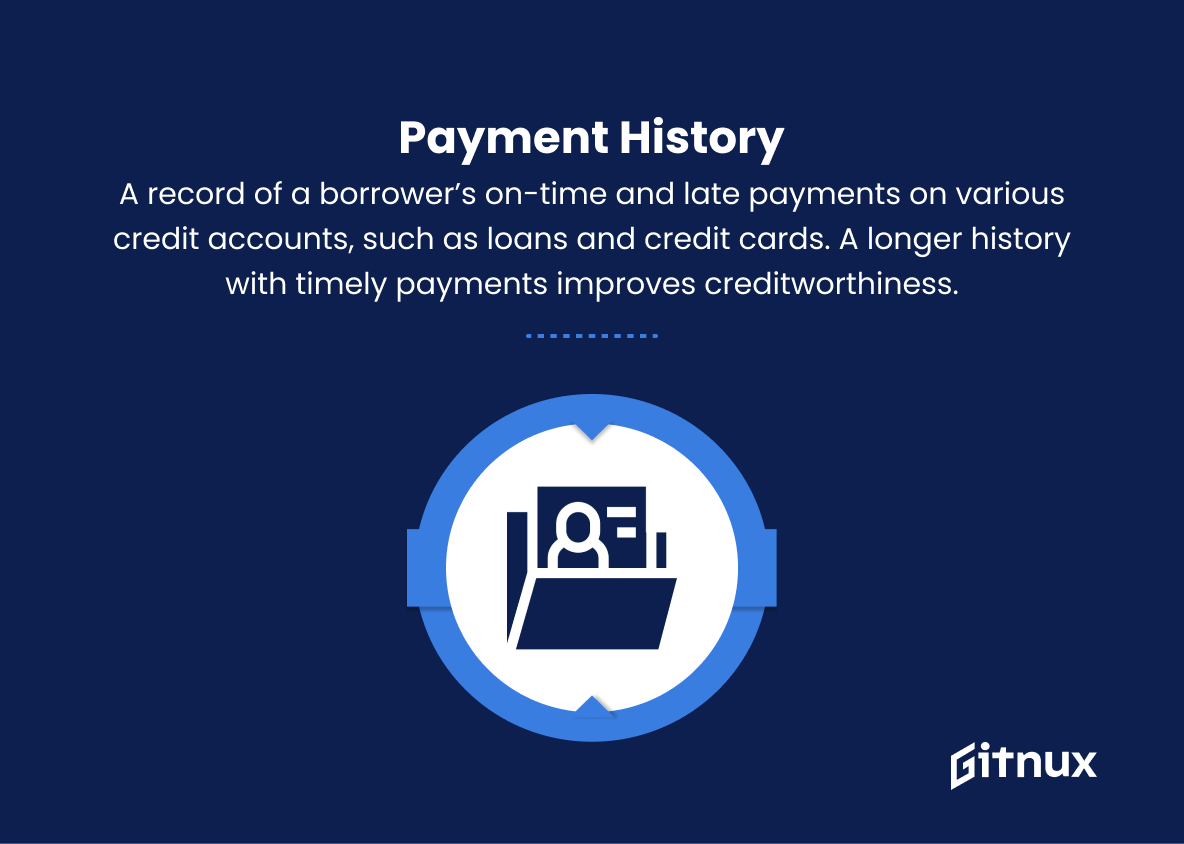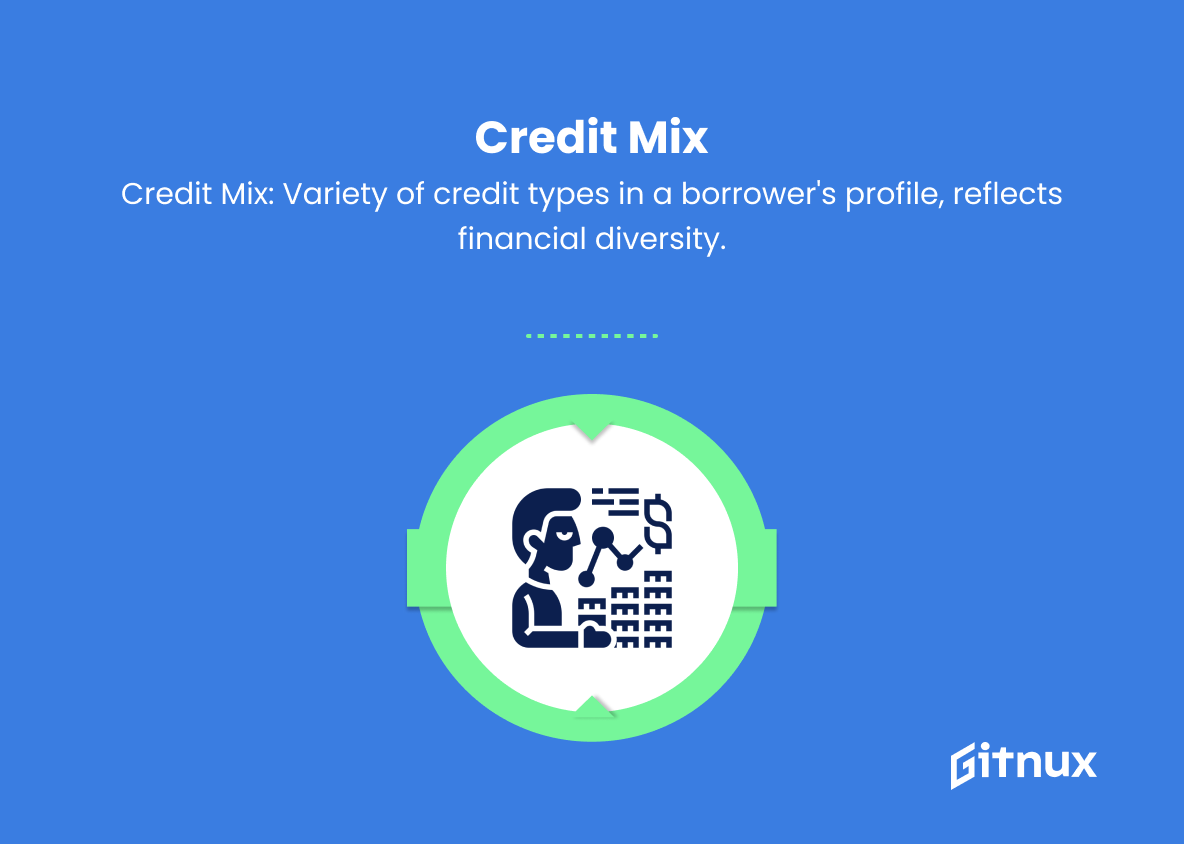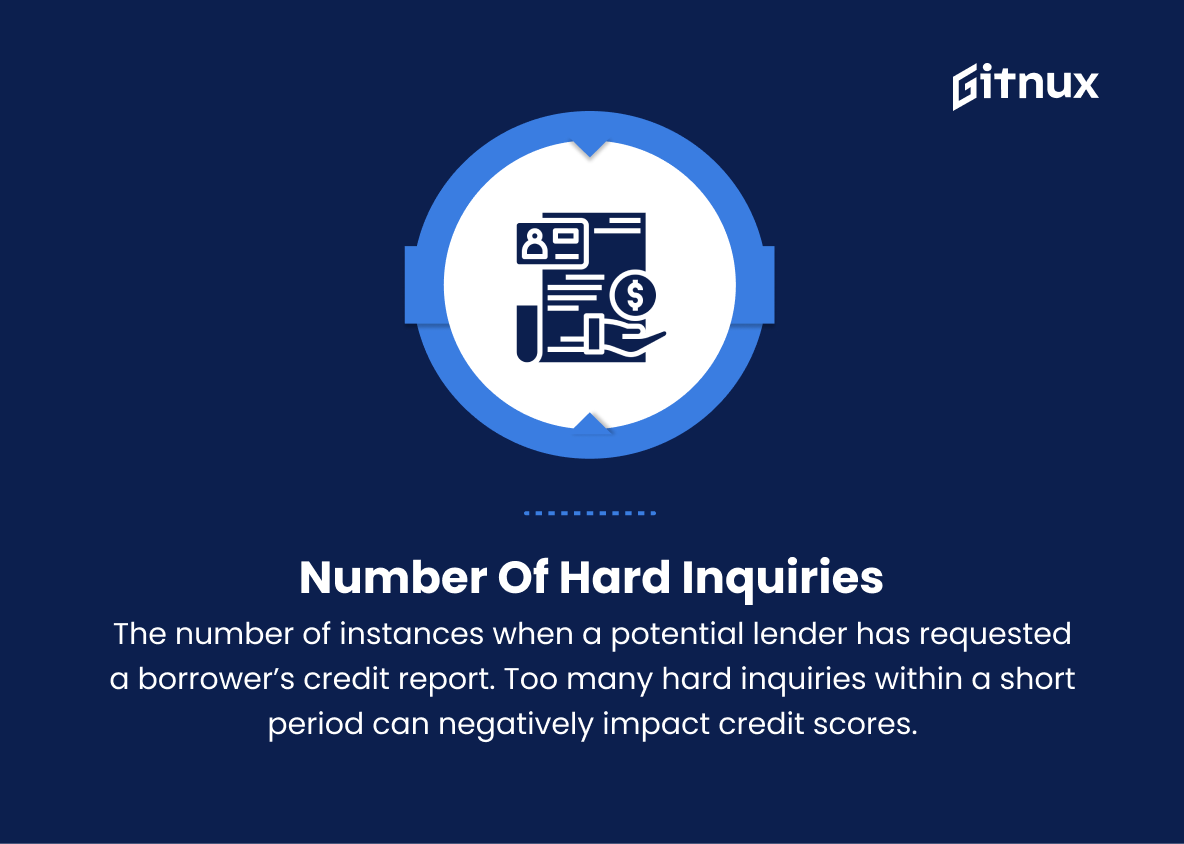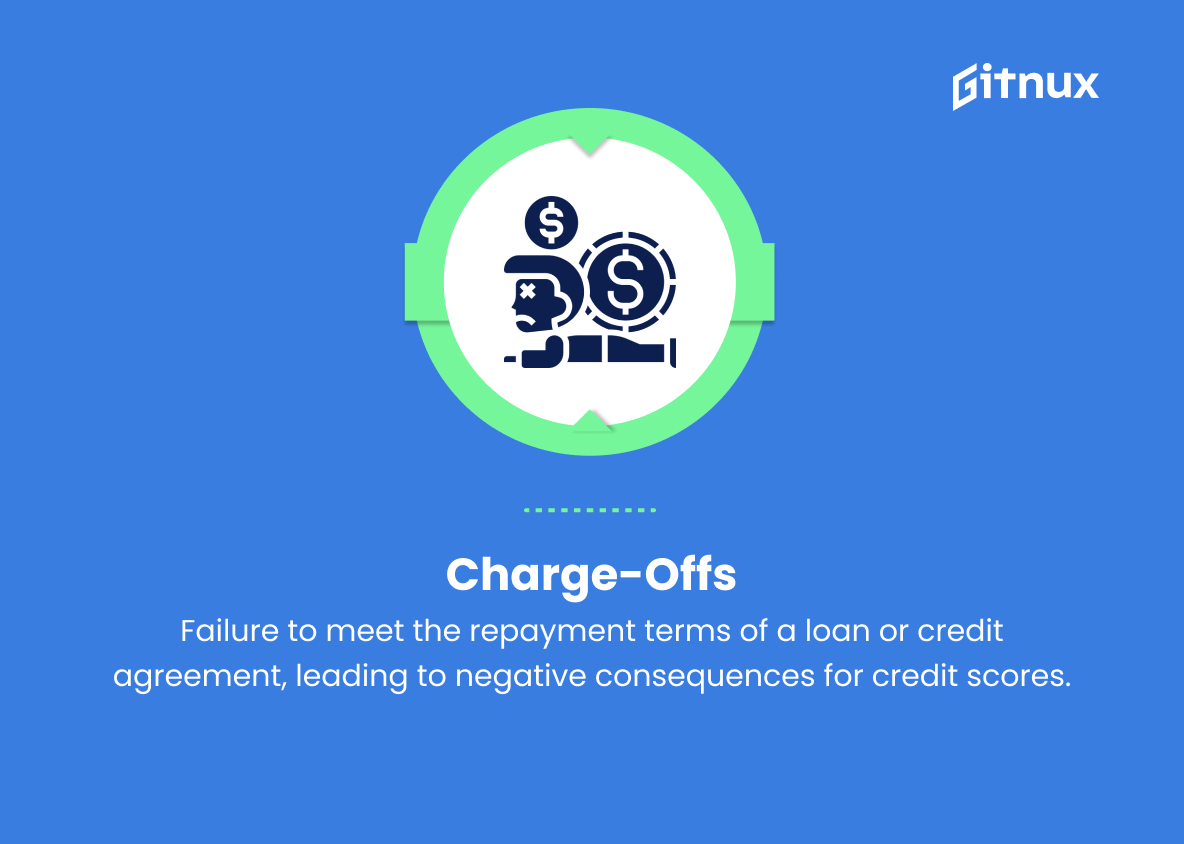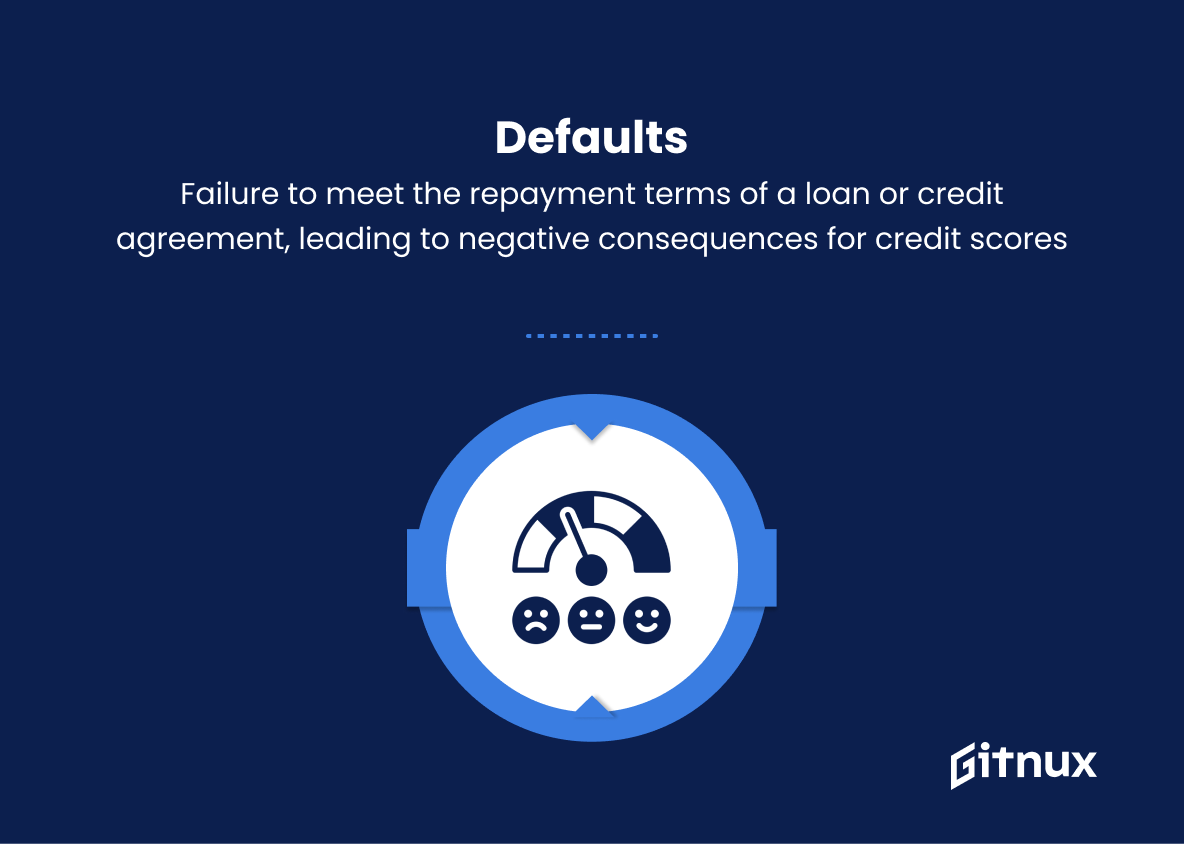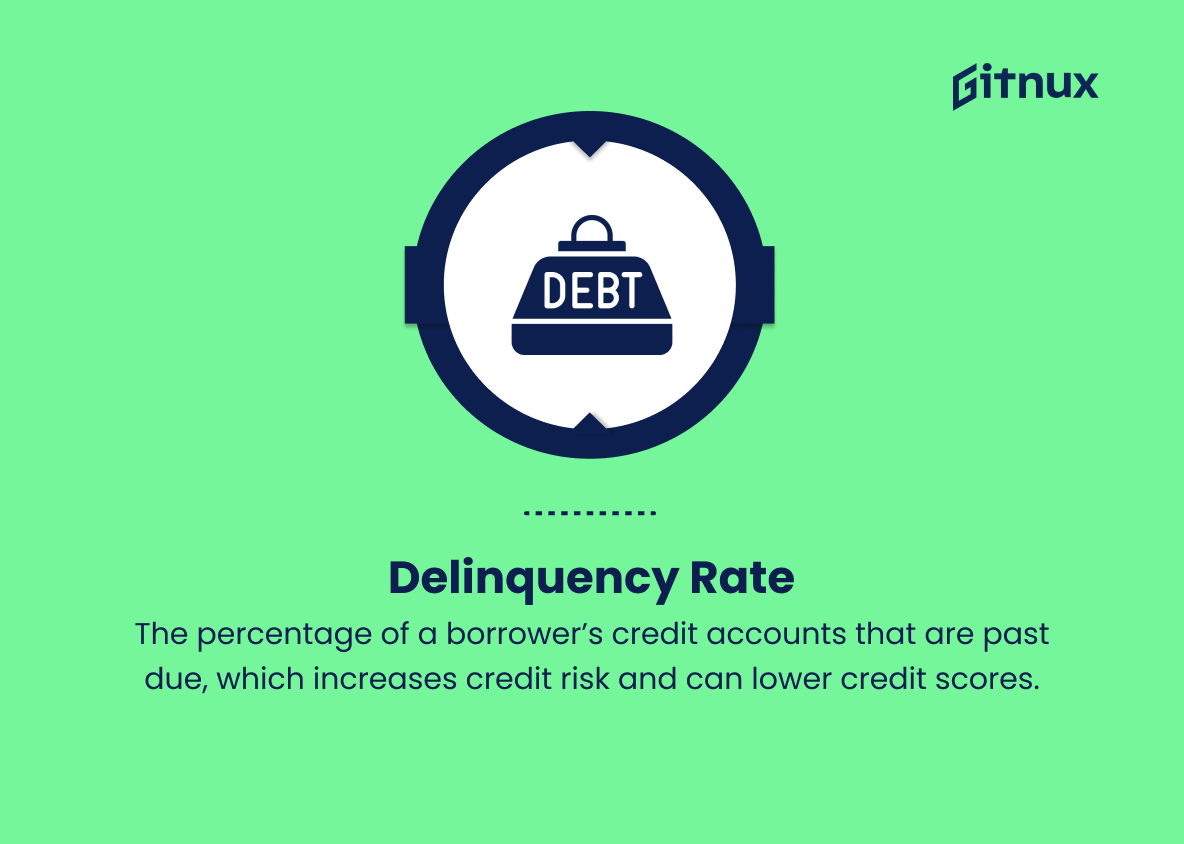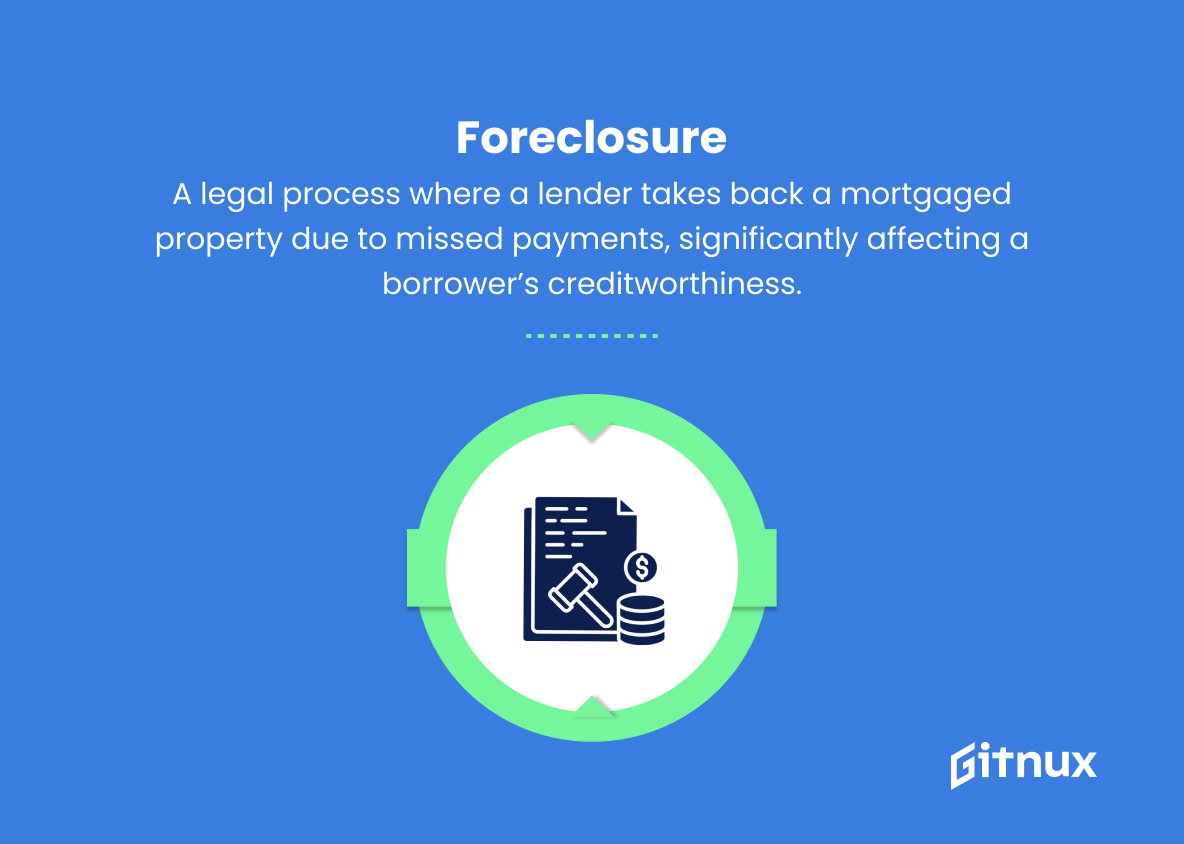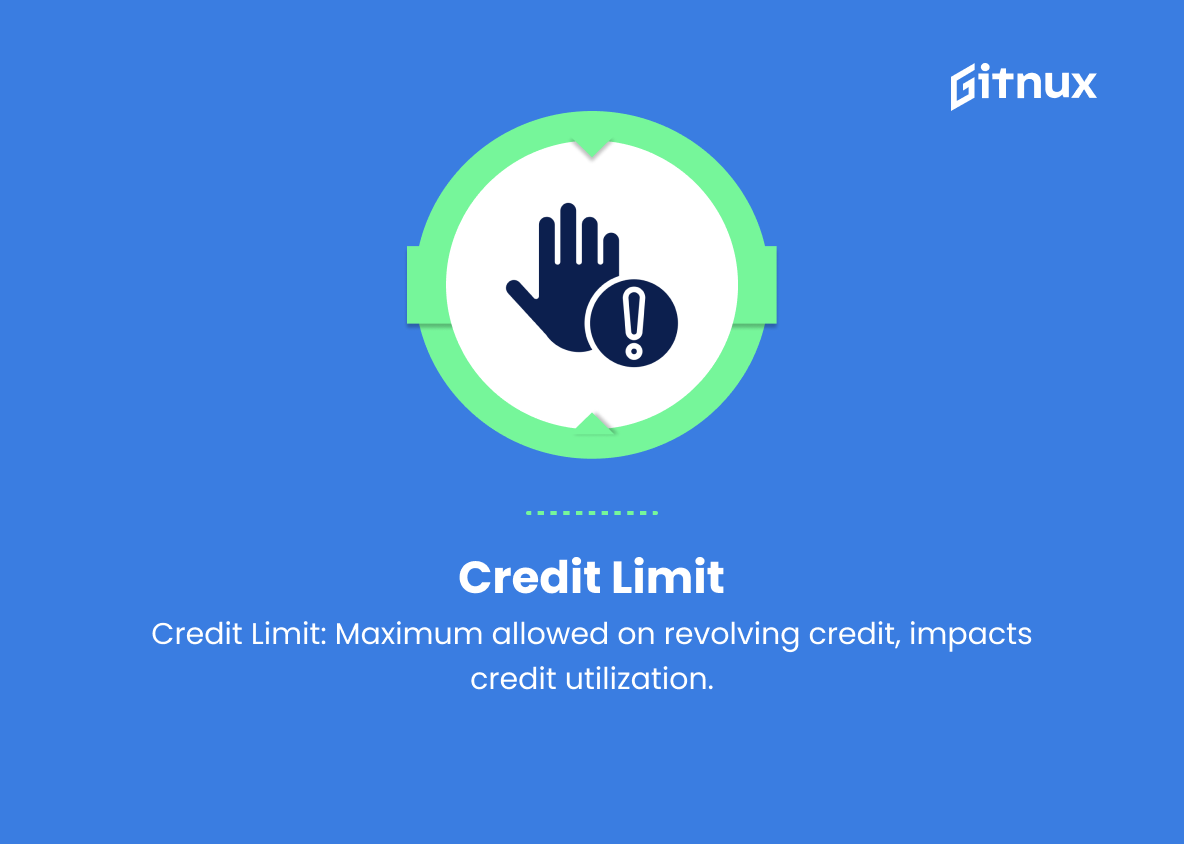In today’s dynamic economic landscape, understanding and evaluating credit metrics has become more crucial than ever. It not only plays a significant role in assessing the creditworthiness of individuals and businesses but also serves as a critical component in making informed financial decisions. This blog post delves deep into the world of credit metrics, shedding light on their importance, key indicators, and best practices in interpreting them. Whether you’re a lender, an investor, or simply someone looking to improve your financial knowledge, our comprehensive guide to Credit Metrics offers valuable insights and serves as an indispensable resource.
Credit Metrics You Should Know
1. Credit Score
A numerical representation of a borrower’s creditworthiness, based on their credit history, current debt, and financial behavior. Commonly using FICO and VantageScore models, typically ranging from 300 to 850.
2. Debt-to-Income (DTI) Ratio
A measure of a borrower’s monthly debt payments relative to their gross monthly income, expressed as a percentage. Lower DTI ratios indicate better financial stability.
3. Credit Utilization Ratio
The proportion of a borrower’s outstanding credit card balance to their total available credit, expressed as a percentage. Lower ratios indicate better credit management.
4. Payment History
A record of a borrower’s on-time and late payments on various credit accounts, such as loans and credit cards. A longer history with timely payments improves creditworthiness.
5. Credit Age
The average age of a borrower’s credit accounts, calculated from the opening date of each account. Older credit accounts generally have a positive impact on credit scores.
6. Credit Mix
The variety of credit types in a borrower’s credit profile, including revolving credit (e.g., credit cards) and installment loans (e.g., mortgages, auto loans). A more diverse credit mix demonstrates better financial management.
7. Number of Hard Inquiries
The number of instances when a potential lender has requested a borrower’s credit report. Too many hard inquiries within a short period can negatively impact credit scores.
8. Bankruptcy
A legal declaration of a borrower’s inability to repay their debts, which can significantly damage credit scores for several years.
9. Charge-offs
Unpaid debts that have been written off by a lender as a loss, indicating a borrower’s high credit risk.
10. Defaults
Failure to meet the repayment terms of a loan or credit agreement, leading to negative consequences for credit scores.
11. Delinquency Rate
The percentage of a borrower’s credit accounts that are past due, which increases credit risk and can lower credit scores.
12. Foreclosure
A legal process where a lender takes back a mortgaged property due to missed payments, significantly affecting a borrower’s creditworthiness.
13. Collections
Delinquent debts that have been handed over to collection agencies, thus resulting in a negative impact on credit scores and overall creditworthiness.
14. Public Records
Legal filings that appear on a borrower’s credit report, such as bankruptcies, tax liens, and civil judgments, indicating high credit risk.
15. Credit Limit
The maximum amount a borrower is allowed to borrow on a revolving credit account, such as a credit card. A higher credit limit can positively affect the credit utilization ratio if balances are kept low.
16. Available Credit
The difference between a borrower’s credit limit and their outstanding balance, representing the amount available to be borrowed. Higher available credit, in relation to the credit limit, positively impacts creditworthiness.
Credit Metrics Explained
Credit metrics serve as essential tools to assess a borrower’s financial stability and creditworthiness. Metrics such as credit score, debt-to-income ratios, and credit utilization ratios offer a numerical representation of an individual’s financial behavior and ability to manage debt. Furthermore, payment history, credit age, and credit mix demonstrate a borrower’s consistency in meeting financial obligations and their aptitude in handling various types of credit products.
On the other hand, factors such as a high number of hard inquiries, bankruptcy, charge-offs, defaults, delinquency rates, foreclosure, collections, and public records can signify high credit risk and negatively impact an individual’s credit profile. Meanwhile, credit limit and available credit showcase a borrower’s capacity to access funds and manage credit responsibly. Overall, these credit metrics provide valuable insights for lenders to make informed decisions when extending credit, and for borrowers to understand and improve their credit standing.
Conclusion
In conclusion, understanding and accurately assessing credit metrics is of paramount importance for both businesses and individuals. These metrics serve as a reliable compass, guiding financial decision-making and risk management, ultimately impacting an individual’s chances of obtaining credit or a company’s financial stability. By staying informed and consistently monitoring these metrics, one can make responsible financial choices, achieve better credit terms and ensure a more secure financial future. Ultimately, harnessing the power of credit metrics is the key to unlocking opportunities, driving growth, and fostering long-term financial health.
